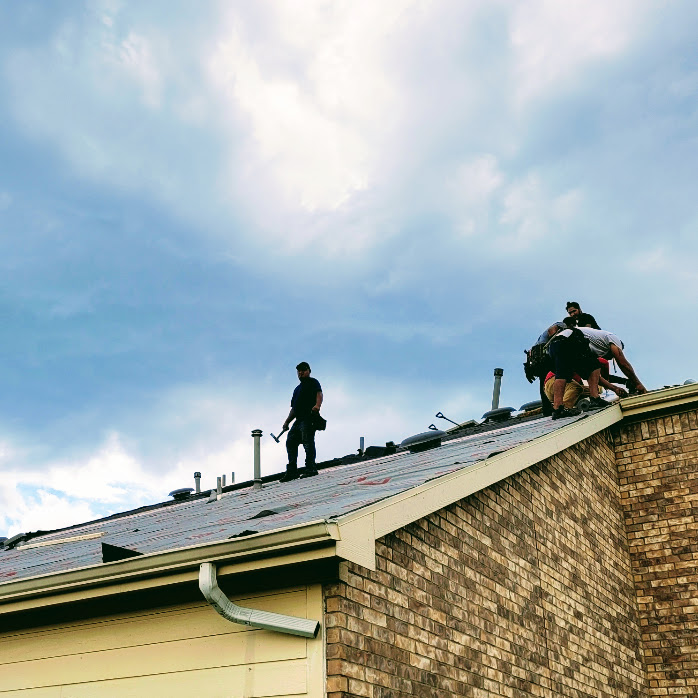This 2021 review subject was the follow-on condition of chicken pox:
“Varicella-zoster virus (VZV) is a pathogenic human alpha herpes virus which is a significant cause of morbidity. VZV causes a primary infection, usually in children, called varicella (chicken pox), following which it establishes ganglionic latency in neurons. Latency is established in ganglia throughout the entire neuroaxis including dorsal root ganglia, trigeminal ganglia, and also autonomic ganglia including enteric ganglia.
After a variable period, which can span several decades, VZV may reactivate to cause the well-recognised syndrome of herpes zoster (shingles), which is an extremely painful vesicular rash. While viral reactivation may occur spontaneously, it can also follow one or more triggering factors such as diminished cell-mediated immunity to the virus as occurs with older age or immunosuppression due to drug treatment or disease, X-ray irradiation, infection, trauma, or malignancy.
The disease spectrum caused by VZV reactivation is much wider than previously thought. A possible diagnosis of VZV reactivation-induced neurological disease should be considered in all cases of undiagnosed acute, subacute or chronic brain or spinal cord syndromes, particularly if there is an accompanying cerebrospinal fluid (CSF) pleocytosis.
Virus latency and reactivation is associated with specific modifications of bound histones. Consensus is that CpG island methylation is not involved.
Precise immune cells and immune mediators required for protective immunity in primary infection versus reactivation have not been clarified. Individual contributions from different cell types, including lymphocytes, macrophages, plasmacytoid dendritic cells, and epithelial and endothelial cells, which are all present in human ganglia, remains insufficiently understood and explored.
Immunological evaluation revealed the presence of VZV DNA as well as an immunological cell infiltrate composed of CD4 T cells, CD8 T cells, and CD20 B cells. This provided somewhat surprising evidence of an ongoing immunological reaction and inflammation years after the reactivation of VZV from latency.
Latency is characterized by maintenance of the virus genome in an endless (episomal) configuration. Since alpha human herpes virus latency is established so early in life, it is unlikely that viral latency can be completely prevented.”
https://www.mdpi.com/1999-4915/13/10/2018/htm “Recent Issues in Varicella-Zoster Virus Latency”
More investigation was needed in working backwards from recent reports of shingles outbreaks to activation causes. Common lab tests easily provide evidence of immune cell populations.
So what happened to cause removal of immune protective mechanisms that prevented varicella-zoster virus reactivation? It wasn’t the X-ray etc. reasons listed above.
Recent shingles outbreaks are telling an important story. Who is looking into it?
These and other researchers won’t find evidence if they don’t get out of their labs and look at people’s cases. They’ll also need to report findings regardless of the political climate.
